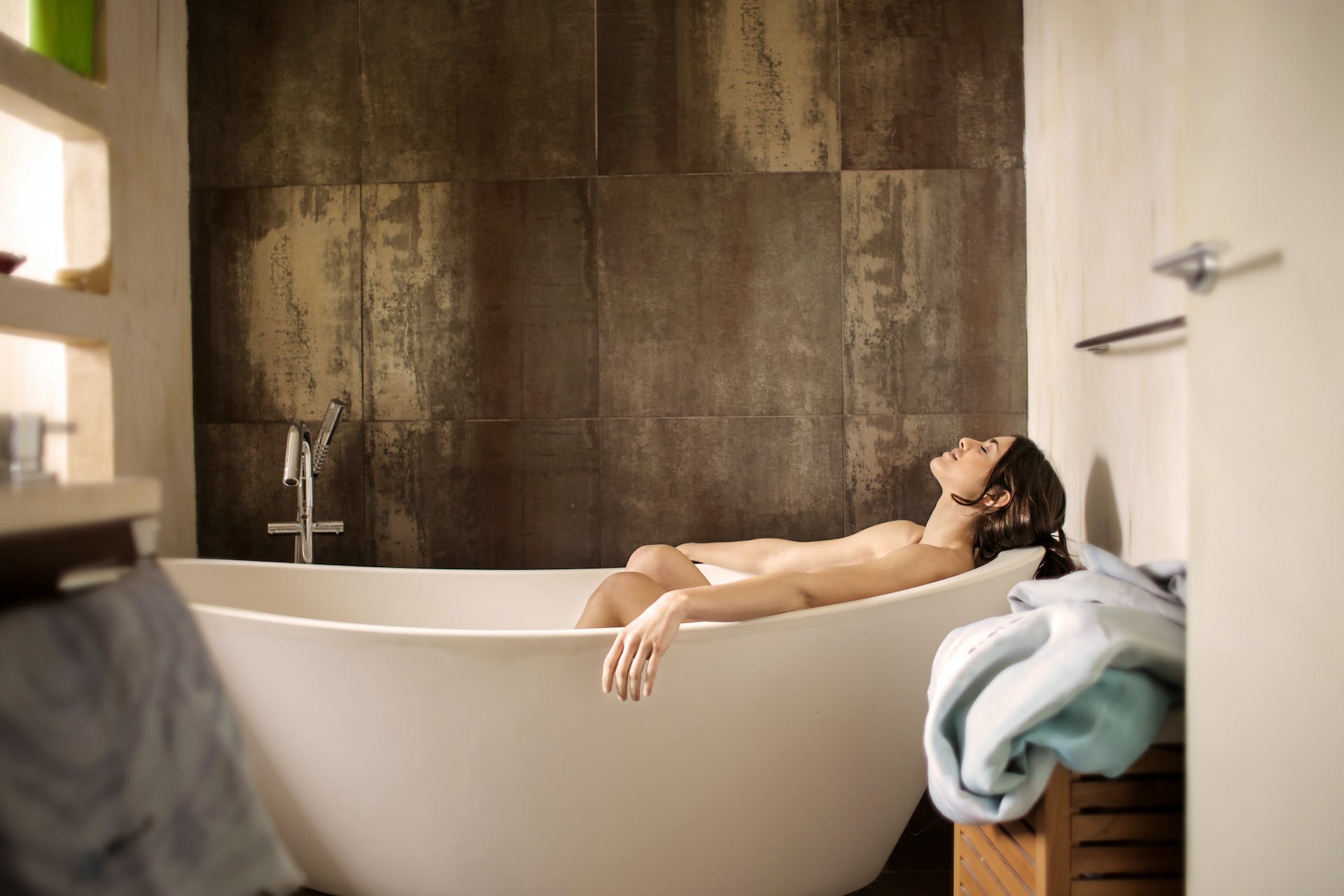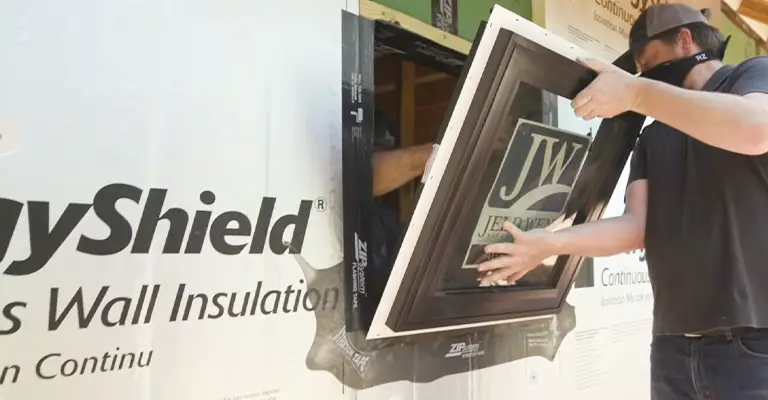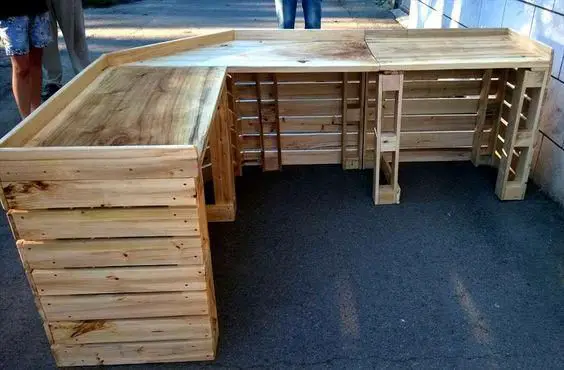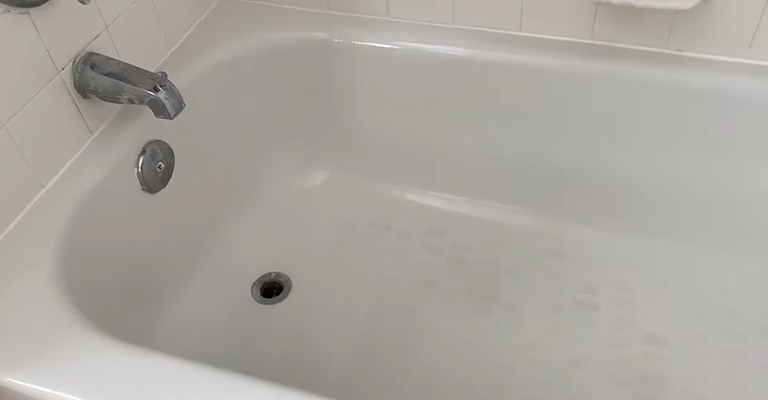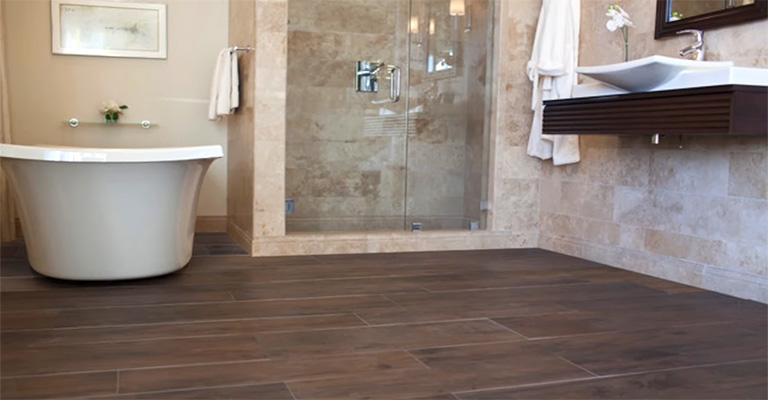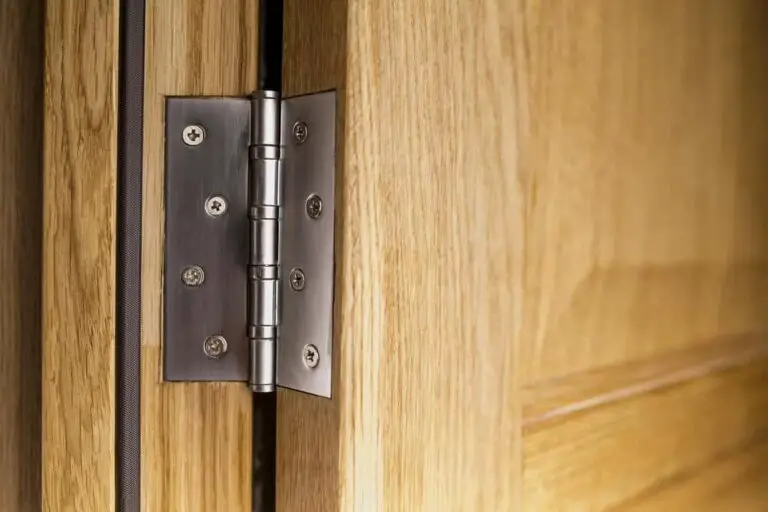How to Unclog Bathtub Drain: Effective Methods

A clogged bathtub drain can be a frustrating and inconvenient problem to deal with. It can prevent water from draining properly, causing standing water in the tub, and even lead to unpleasant odors. Fortunately, there are several methods that can effectively unclog a bathtub drain.
One of the most common causes of a clogged bathtub drain is hair and soap buildup. Over time, these substances can accumulate and create a blockage in the drain. Other possible causes include foreign objects, such as toys or jewelry, and mineral buildup from hard water. Regardless of the cause, it’s important to address a clogged bathtub drain as soon as possible to prevent further damage and inconvenience.
Understanding the Causes of Clogs
Common Blockage Materials
Bathtub drains can become clogged due to a variety of materials that get trapped in the drain pipes. Some of the most common materials that cause clogs include hair, soap scum, and mineral buildup. Hair is the most common culprit, as it can easily accumulate in the drain and cause a blockage. Soap scum can also build up over time and create a blockage, especially if the soap contains a lot of fat or oil. Mineral buildup can occur if the water in your area is hard, which means it contains a lot of minerals like calcium and magnesium that can accumulate in the pipes.
Plumbing System Configuration
Another factor that can contribute to clogs in bathtub drains is the plumbing system configuration. If the drain pipes are too narrow or have a lot of bends and twists, it can be easier for materials to get trapped and create a blockage. Additionally, if the pipes are old or damaged, they may be more prone to clogs. In some cases, the problem may be with the main sewer line, which can become clogged due to tree roots, debris, or other materials. This can cause backups in multiple drains throughout the house.
To prevent clogs in bathtub drains, it’s important to be mindful of what goes down the drain and to perform regular maintenance. This can include using a drain cover to catch hair and other materials, avoiding pouring grease or oil down the drain, and using a drain cleaner or plumber’s snake to remove any buildup that may be present. By taking these steps, you can help ensure that your bathtub drain stays clear and free-flowing.
Preparation and Safety Measures
Gathering Necessary Tools
Before attempting to unclog a bathtub drain, it is important to gather the necessary tools to ensure the process goes smoothly. The following items are recommended:
- Plunger: A plunger is a useful tool for removing clogs from drains. It is important to use a plunger specifically designed for use on drains, as other types of plungers may not be effective.
- Drain Snake: A drain snake is a flexible tool that can be used to remove clogs from drains. It is important to choose a drain snake that is appropriate for the size of the drain.
- Bucket: A bucket is useful for catching water that may spill out of the drain during the unclogging process.
- Rubber Gloves: Rubber gloves are important for protecting the skin from exposure to chemicals and other substances that may be present in the drain.
Protective Equipment
In addition to gathering the necessary tools, it is important to take appropriate safety measures when unclogging a bathtub drain. The following protective equipment is recommended:
- Safety Glasses: Safety glasses are important for protecting the eyes from exposure to chemicals and other substances that may be present in the drain.
- Respirator Mask: A respirator mask is important for protecting the lungs from exposure to chemicals and other substances that may be present in the drain.
- Protective Clothing: Protective clothing, such as a long-sleeved shirt and pants, is important for protecting the skin from exposure to chemicals and other substances that may be present in the drain.
By taking the time to gather the necessary tools and protective equipment, individuals can ensure that the unclogging process is safe and effective.
Manual Unclogging Techniques
When it comes to unclogging a bathtub drain, there are several manual techniques that can be used. These techniques are simple, cost-effective, and can be done without any professional help. Here are some of the most effective manual unclogging techniques:
Plunger Method
The plunger method is an effective way to unclog a bathtub drain. To do this, fill the bathtub with enough water to cover the plunger. Place the plunger over the drain and push down on the plunger several times, creating a vacuum. This will help to loosen the clog and allow water to flow through the drain.
Drain Snake Use
A drain snake is a long, flexible tool that can be used to remove clogs from bathtub drains. To use a drain snake, insert the tool into the drain and twist it while pushing it down the drain. This will help to loosen and remove any clogs in the drain.
Home Remedies
There are several home remedies that can be used to unclog a bathtub drain. One of the most popular is baking soda and vinegar. To use this method, pour a cup of baking soda down the drain, followed by a cup of vinegar. Let this mixture sit for 30 minutes, then rinse the drain with hot water.
Another effective home remedy is using salt and baking soda. Mix equal parts of salt and baking soda and pour the mixture down the drain. Let it sit for 30 minutes, then rinse the drain with hot water.
In conclusion, manual unclogging techniques are a cost-effective and easy way to unclog a bathtub drain. By using these techniques, homeowners can avoid the cost of hiring a professional plumber and keep their drains running smoothly.

Chemical Drain Cleaners
Choosing the Right Cleaner
When choosing a chemical drain cleaner, it is important to consider the type of clog you are dealing with and the material of your pipes. For example, some cleaners may not be effective on hair clogs, while others may damage older pipes. It is recommended to read the label carefully and choose a cleaner that is suitable for your specific situation.
Application Procedure
Before applying the cleaner, remove any standing water from the bathtub. Then, carefully pour the recommended amount of cleaner down the drain. It is important to follow the instructions on the label and avoid using too much cleaner, as this can damage your pipes. Wait for the recommended amount of time before flushing the drain with hot water.
Safety and Environmental Concerns
Chemical drain cleaners can be hazardous to your health and the environment. It is important to wear gloves and eye protection when handling the cleaner, and to avoid inhaling the fumes. Additionally, many cleaners contain harsh chemicals that can damage pipes and harm the environment. It is recommended to use these cleaners as a last resort and to consider alternative methods, such as using a plunger or a drain snake, whenever possible.
Frequently Asked Questions (FAQs)
Q: What are effective home remedies for a clogged bathtub?
A: There are several home remedies that can be effective in clearing a clogged bathtub drain. One popular method is to pour a mixture of baking soda and vinegar down the drain, followed by hot water. Another option is to use a mixture of salt, baking soda, and cream of tartar, which can be poured down the drain and left to sit for several hours before being flushed with hot water.
Q: Can a plunger be used to clear a bathtub drain, and if so, how?
A: Yes, a plunger can be an effective tool for clearing a clogged bathtub drain. To use a plunger, fill the tub with enough water to cover the bottom of the plunger. Place the plunger over the drain and pump it up and down several times, creating a suction that can help to dislodge the blockage.
Q: What is the best way to remove hair from a clogged bathtub drain?
A: One of the most common causes of a clogged bathtub drain is hair. To remove hair from a clogged drain, try using a drain snake or a wire hanger with a small hook on the end. Insert the tool into the drain and gently pull out any hair or debris that is causing the blockage.
Q: Are there any chemicals that can safely dissolve blockages in bathtub drains?
A: There are several chemical drain cleaners available that can be effective in dissolving blockages in bathtub drains. However, it is important to use these products with caution, as they can be harmful to both the environment and your plumbing system. Always follow the manufacturer’s instructions carefully and use protective gloves and eyewear when handling these products.
Q: How can you unclog a bathtub without taking out the drain stopper?
A: If you are unable to remove the drain stopper, there are still several methods you can try to unclog a bathtub drain. One option is to use a plunger, as described above. Another option is to use a drain snake or a wire hanger with a small hook on the end to remove any hair or debris that is causing the blockage.
Q: What steps should be taken to address a slow draining bathtub effectively?
A: If your bathtub is draining slowly, there are several steps you can take to address the issue. First, try using a plunger or a drain snake to remove any blockages. If this does not work, you may need to remove the overflow plate and clean out any debris that has accumulated in the overflow pipe. If the problem persists, you may need to call a professional plumber to assess the situation and make any necessary repairs.
Conclusion
Tackling a clogged bathtub drain doesn’t have to be a daunting task. With common household items like vinegar and baking soda, along with the simple technique of pouring boiling water down the drain, you can effectively dissolve drain clogs without the need for harsh chemicals. This natural solution not only preserves the integrity of your tub drain but also is environmentally friendly. For more stubborn blockages, utilizing a wire coat hanger to remove debris or cleaning an integrated drain stopper can provide direct relief to your drain pipe.
These methods ensure that your shower drain remains free-flowing, preventing future clogs and maintaining the cleanliness and functionality of your bathroom. Moreover, understanding the mechanics behind your bathtub’s drainage system can empower you to address and prevent clogged drains efficiently. Whether it’s a buildup in the shower drain or a more complex issue deeper within the drain pipe, these effective methods provide a comprehensive guide to restoring your tub drain’s functionality.
Remember, regular maintenance, such as routinely pouring boiling water down the drain and occasionally employing a vinegar and baking soda mixture, can prevent the recurrence of drain clog issues. By adopting these practices, you can ensure that your bathtub remains a welcoming, clog-free oasis in your home.

